Modelling Factory 1.0 (Archived)
Faster product design cycles with modeling!
Workrooms
A collection of the workrooms of Modelling Factory 1.0 are presented below. You can click the links below the figures to launch the simulation applications. A Fraction of them does not work properly due to software components, which are not supported anymore.
ClickDesign2
Submitted by petrhradil on Tue, 05/10/2022 - 13:07
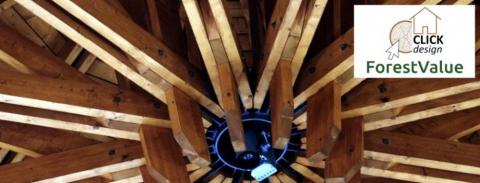
ClickDesign Structural Integrity Calculator
The CLICKdesign project is developing a performance based specification protocol to enable a software tool for architects, specifiers and the public to embed service life performance specification for wood. This will help increase market confidence with users for selecting wood as a reliable product and enhance an optimised performance of timber in the built environment.
Synergy
Submitted by Sami Majaniemi on Thu, 02/03/2022 - 14:59
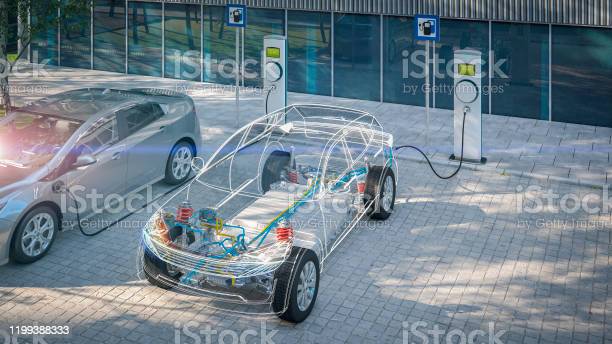
The model simulates changes in area energy indicators such as total demand, total supply and net energy positivity. Changes to energy demand and supply occur when new buildings are built. These buildings are assigned energy demands, electric vehicle charging capacity, and photovoltaic installations. The demand and supply side both feature dynamics that can be influenced by various public policy and city planner actions. Examples of dynamics include: EV charging stations being filled until capacity is reached; building stock energy demand changing with renovation and construction; PV installations generating further interest towards (or disillusionment of) PV options; PV installations generating competitive price reductions in installation services. Examples of intervention options include: the rate and energy efficiency of new construction projects; renovation timelines; inclusion of EV charging and PV energy in new buildings; taxes and subsidies on electricity or PV installations. Context parameters that affect results of interventions include: resistance to PV installations (non-economic aspects); grid market price; enthusiasm towards EVs; construction and installation durations.
HYGRO
Submitted by petrhradil on Tue, 11/09/2021 - 20:49

Hygro tool from properTune for Wood (demo version)
HYGRO tool calculates moisture content in treated or untreated wood element in selected location. It is based on the latest FEM models used in VTT's properTune for Wood in commercial projects. In this online demo, you can obtain moisture content in 2D cross-section with top face exposed to external temperature and relative humidity.
CorTools2
Submitted by Sami Majaniemi on Thu, 10/28/2021 - 11:15
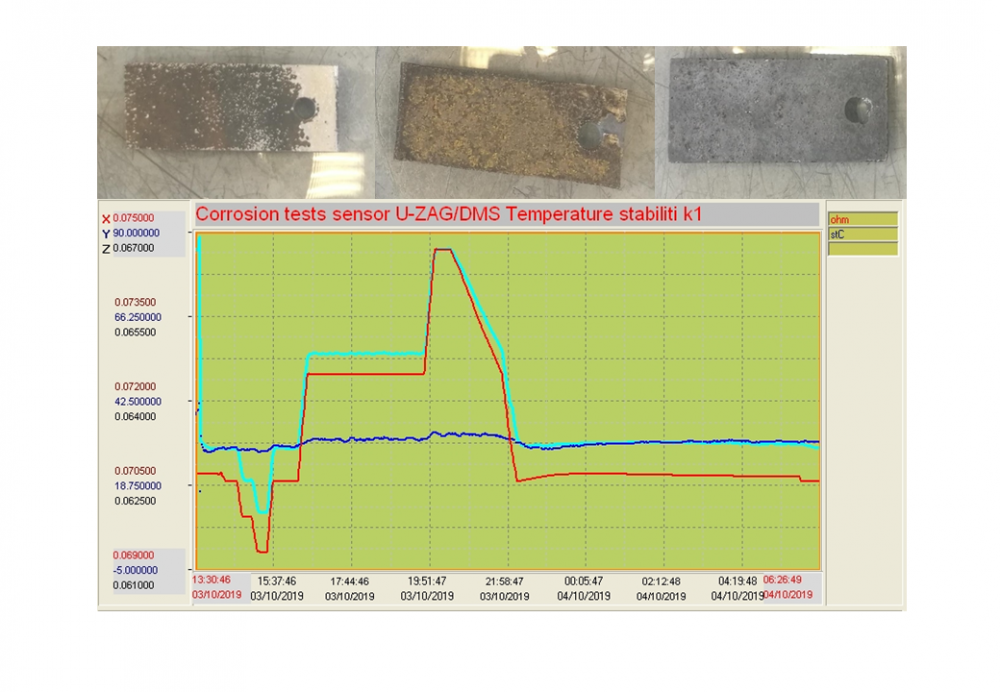
Run corrosion prediction model
Corrosion is the most important materials failure mechanism in industry and annually responsible for the costs amounting approximately to 2 trillion €. The aims of this work are to provide tools that allow to minimize the corrosion losses in raw materials sector by providing real-time information on materials performance of corrosion-resistant alloys under the harsh operation conditions, and by further elaborating the information in the corrosion prediction and materials selection tool with the use of computational modelling. The tools are industrially validated here in operational conditions corresponding to hydrometallurgy industry. The developed corrosion on-line monitoring and prediction software tools respond directly to the needs of raw materials sector and are expected to find market also in other industry sectors facing challenges with materials durability in harsh operation conditions.
EV-Battery-Economy-Model
Submitted by kashif.gulzar on Wed, 06/13/2018 - 13:38
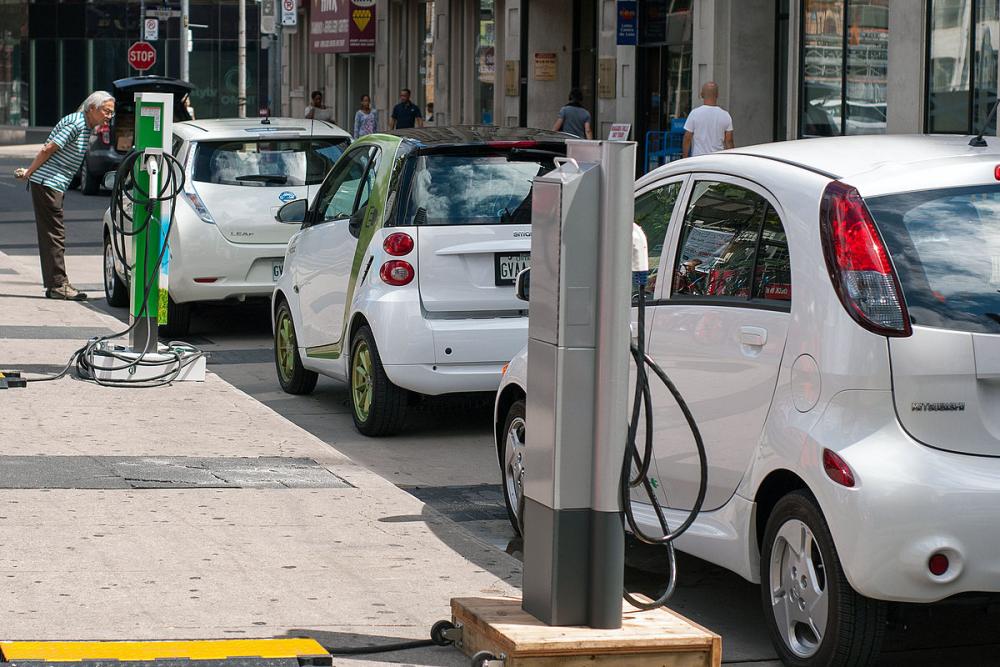
Run Simulation: for EV Battery Economy Model
Internationally, ambitious targets for reducing Green House Gases (GHG) emissions are setting challenges for complex systems engineering in the energy, manufacturing and transport sectors. For example, the EU has set a target of reducing GHG emissions 20% by 2020 and 40% by 2030. Rechargeable car batteries play a vital role in reducing carbon footprint, but they contain several different types of heavy metal and toxic chemical wastes. Recycling and remanufacturing of the batteries is key for managing these environmental effects and coping with the limited availability of the rare earth metals needed to manufacture the batteries. However, the economic motivation to undertake recycling and remanufacturing activities is dependent on the supply of raw materials as well as political decisions such as taxation stemming from regulation; for example, the EU has passed the Battery Directive in 2006 aiming for a higher battery recycling rate. Thus, any scientifically sound approach to understand and control the complex system around rechargeable car batteries must encompass the recycling and remanufacturing processes, the supply chains and the relevant political measures that are taken to influence this system. The goal of this app is to develop a model for capturing the interactions between the elements of the system, so that it would be possible to investigate the system-wide impact of changing some parameter of the electric vehicle battery circular economy.
ILE4Tech4
Submitted by Sinisha Sovilj on Thu, 04/05/2018 - 23:50
Interactive Learning Environment for Technology-based Startups (ILE4Tech) helps future entrepreneurs to:
- (A) design 5-years pro-forma financial statements for rapid business plan creation
- (B) simulate strategic decisions to improve survival rate and support growth,
- (C) produce fundamental analysis and company/idea valuation,
- (D) foster entrepreneurial education, training & research,
in risk-free, enjoyable, realistic and interactive simulation environment.
Wear-Rate-Estimator
Submitted by admin on Wed, 06/14/2017 - 08:32
- This web app helps to predict the life-time of diamond coated cutting tools applied to chosen workpiece materials subject to applied electric fields
- With this app, the users can also predict the optimal value of the electric field in the theoretical limit where the field is capable of stopping any carbon transfer into the workpiece
- The underlying theoretical models used for the predictions as well as the graphical appearance of this app can be changed by the users. Hence, replacing the computational models by more accurate ones or adding more versatility into the user interface can be done easily.
AM Design Hub
Submitted by admin on Fri, 05/12/2017 - 10:43
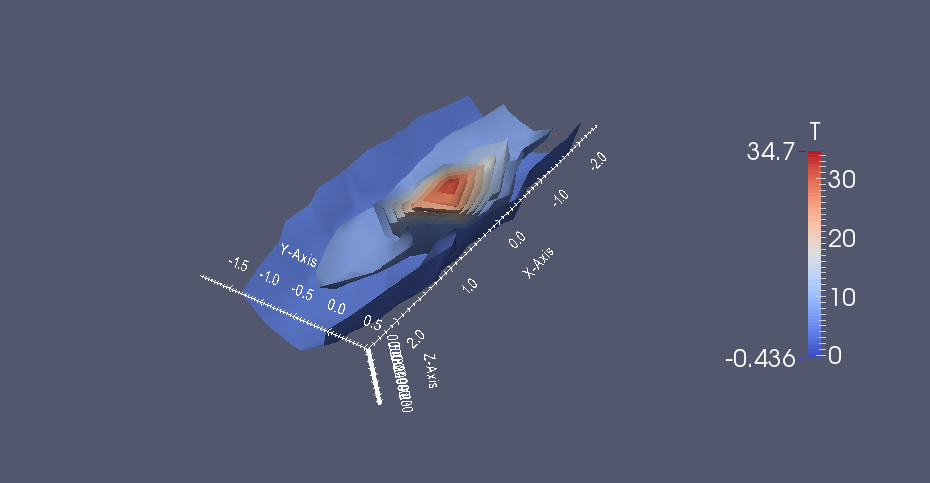
- LCC analysis (simple demonstration) coupled with materials model
- Genuine co-simulation
- Sample solvers to be replaced with better quality models in the near future.